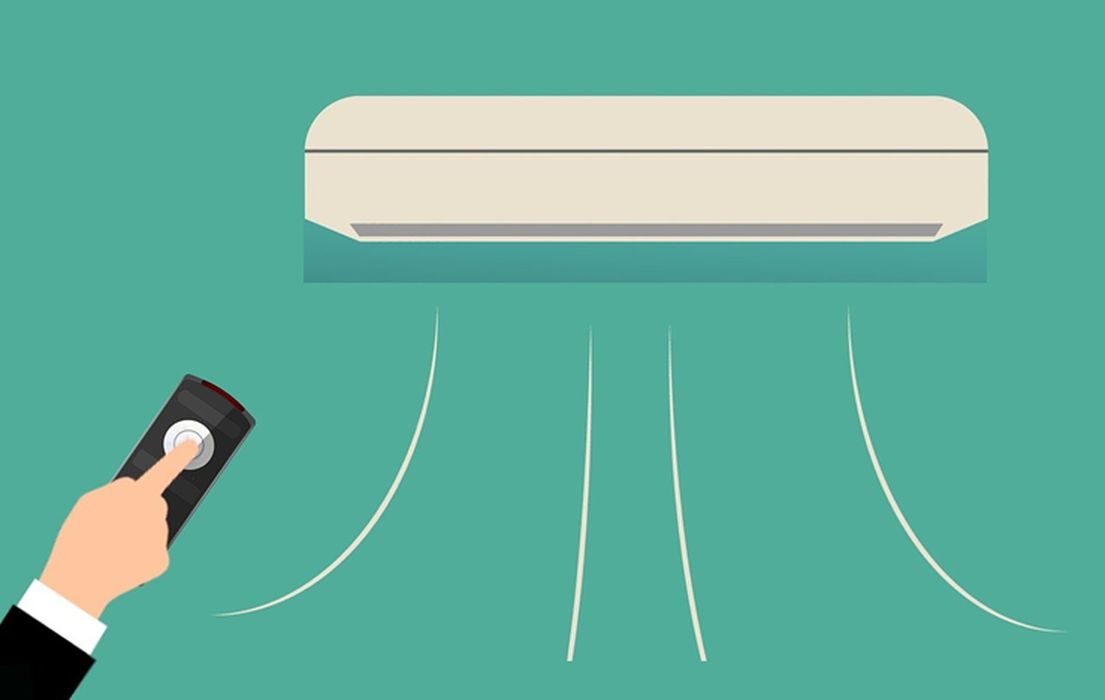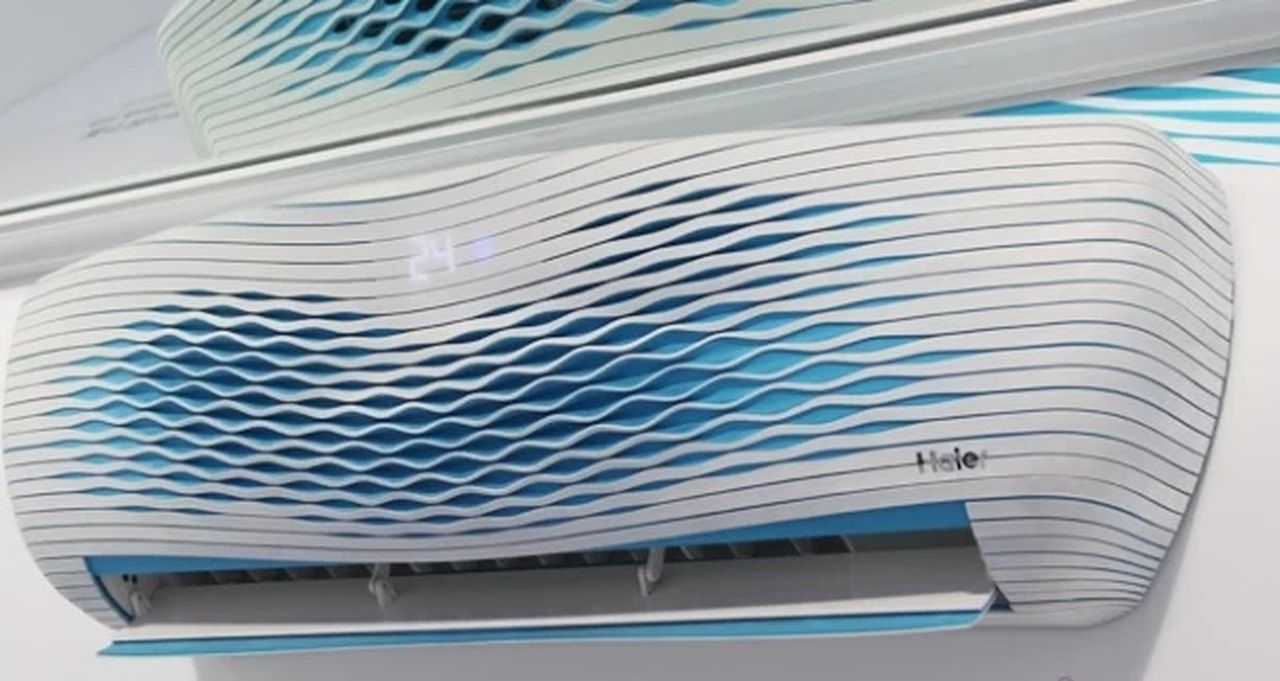
Charles R. Goulding and Preeti Sulibhavi explore how local and federal initiatives are driving air conditioning mandates while creating opportunities for the HVAC and 3D printing industry to innovate and adapt.
Most people would agree that clean air and clean water are basic human right policy goals that should be pursued. With sustained temperatures exceeding 100°F (37.8°C) for long periods, building HVAC may also become a regulatory obligation.
New York City (NYC) already has mandatory air conditioning requirements for rent-controlled apartments that have air conditioning when a tenant begins a lease. In that situation, the landlord must perpetually provide air conditioning. NYC has already required all schools to have air conditioning.
In 2022, Chicago passed a detailed cooling ordinance. The Chicago City Council adopted an ordinance requiring certain new and existing residential buildings to install air conditioning equipment in indoor common gathering areas and to make these areas available to building residents as cooling centers when the outdoor heat index exceeds 80°F (26.7°C). The ordinance allows temporary (portable) air conditioning equipment to be used to meet this requirement until April 30, 2024. Permanent equipment must be installed by May 1, 2024.
Lawmakers in Montgomery County, Maryland were the first to introduce an 80°F (26.7°C) or less temperature threshold ordinance in the summer months. That requirement means that property owners must supply and maintain air conditioning units during the summer months for their tenants.
In Phoenix, Arizona, landlords must provide HVAC units that keep room temperature under 82 degrees Fahrenheit. Tucson, Arizona has a similar ordinance, but it includes evaporative coolers as well that must produce ambient temperature below 86°F (30°C).
And, in Dallas, Texas, the required temperature cap is 85°F (29.4°C) between April and November.
Dallas also requires landlords to have HVAC systems capable of reducing the indoor temperature by at least fifteen degrees lower than the outside temperature. These are considered technical codes with minimum standards that may include requests for repairs of HVAC units as well in certain cases.
Some localities are going further. In San Antonio, Texas, the city purchased 2,400 AC units for its public housing units by utilizing funds from foundations, housing authorities and the City’s general fund.
As of June 2023, Los Angeles, California was studying the possibility of enacting a cooling ordinance. The council unanimously voted on the plan to address increased emergency room visits due to these persistent heat waves.
The motion would require landlords or property managers to install cooling units in rentals. It has caused alarm among many landlords who have complained that the additional costs would be financial burdens on them.
In addition to the local efforts, there are a number of federal policy changes that were intended to provide direct, immediate relief to millions of families that were affected by both Covid-19 and heat waves. These efforts include initiatives by the US Department of Housing and Urban Development (HUD), Centers for Medicare & Medicaid Service (CMS) as well as the US Department of Energy (DOE).
These federal agencies have set aside funds for providing air conditioners to communities that really need them. Coordinating federal, state and local efforts is key to maximizing the benefits and improving conditions for many.
The trend towards more required air conditioning provides large new markets for the HVAC industry. We have recently written about how innovation has resulted in much more energy-efficient HVAC units where the new entrants are using 3D printing.

We have also written about how household names like Carrier and Trane are increasingly using 3D printing. Sustained high temperatures in locations such as Phoenix, Arizona, Florida and Texas during the summer have made living in those jurisdictions virtually unbearable in the summer.
The Research & Development Tax Credit
The now permanent Research and Development (R&D) Tax Credit is available for companies developing new or improved products, processes and/or software.
3D printing can help boost a company’s R&D Tax Credits. Wages for technical employees creating, testing and revising 3D printed prototypes can be included as a percentage of eligible time spent for the R&D Tax Credit. Similarly, when used as a method of improving a process, time spent integrating 3D printing hardware and software counts as an eligible activity. Lastly, when used for modeling and preproduction, the costs of filaments consumed during the development process may also be recovered.
Whether it is used for creating and testing prototypes or for final production, 3D printing is a great indicator that R&D Credit eligible activities are taking place. Companies implementing this technology at any point should consider taking advantage of R&D Tax Credits.
Conclusion
Sustained high temperatures across the globe are impacting human health conditions. We expect more US jurisdictions to enact statutes requiring air conditioning capability for various building types. In recognizing these developments, the 3D printing industry can be an important contributor to achieving better living conditions for more people.
